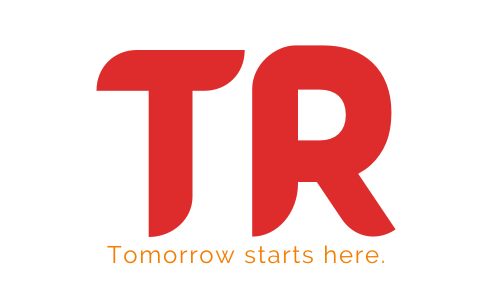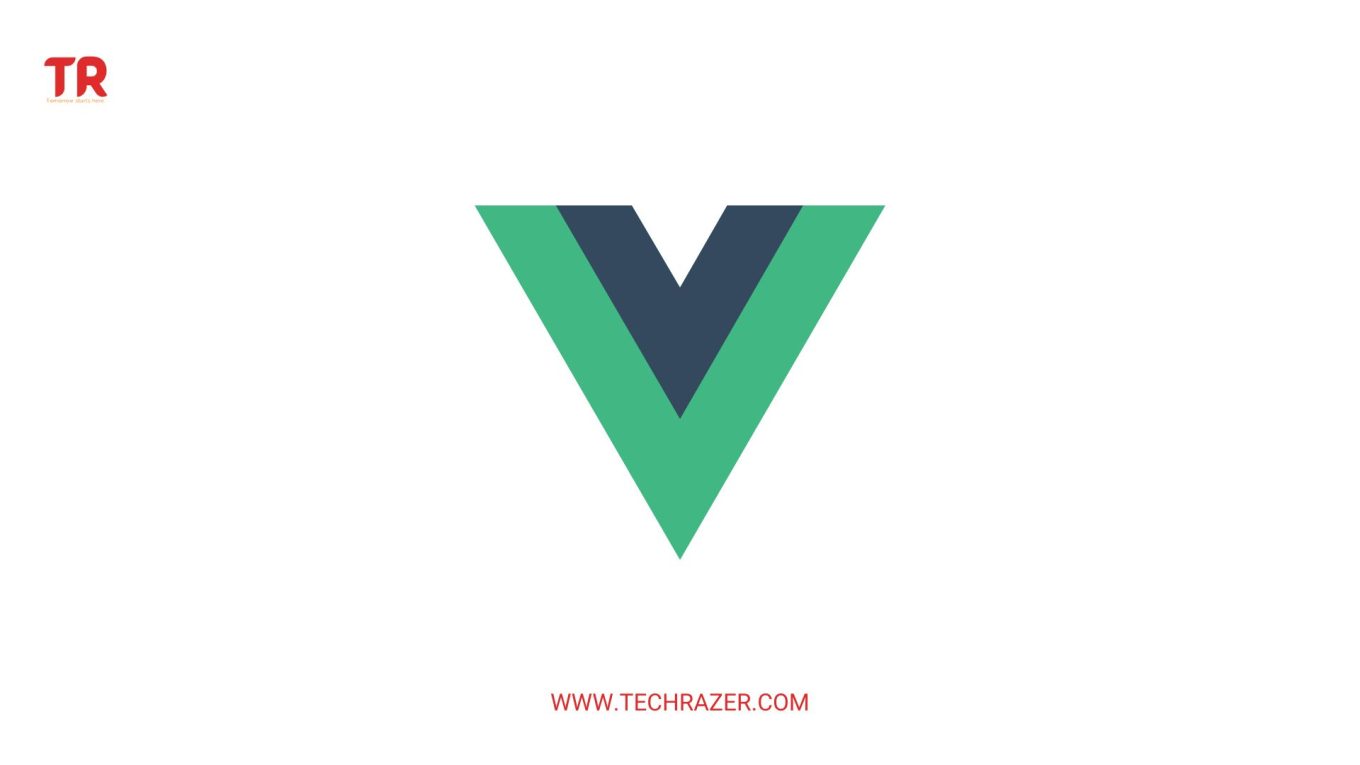What Is Vue.js?
Table of Contents
- Introduction: What is Vue.js and why is it important?
- History of Vue.js: A brief overview of the history of Vue.js and its relevance today.
- Advantages of Vue.js over other frameworks
- Components of Vue.js: Explaining the components of Vue.js.
- Installing Vue.js: A step-by-step guide for getting started with Vue.js.
- Working with Vue.js: An overview of Vue.js’s features and how to use them.
- Vue.js in Action: Examples of real-world applications built with Vue.js.
- Conclusion
Introduction: What is Vue.js and why is it important?
Vue.js is an open–source JavaScript framework for building user interfaces and single–page applications. It was created by Evan You, and is maintained by an active community of developers. Vue.js is important because it allows developers to easily build complex applications using a component–based architecture. This enables developers to create reusable components and create highly performant and maintainable applications. Additionally, Vue.js is known for its great documentation, making it an attractive choice for many developers.
Vue.js is important because it is a progressive JavaScript framework that is used to build user interfaces and single–page applications. It is very lightweight, fast, and simple to use, making it a great choice for developers who want to quickly develop web applications. It also offers a great balance between flexibility and structure, allowing developers to customize their apps to fit their needs. Additionally, Vue.js makes it easy to maintain code and debug applications, making it an excellent choice for developers who are working on complex projects. Finally, Vue.js is highly extensible, allowing developers to create custom plugins and components to further enhance their apps.
History of Vue.js: A brief overview of the history of Vue.js and its relevance today.
Vue.js was created by Evan You in 2014. It was originally developed as an in-house tool for Google’s project, Google Feedback, and later open-sourced.
The initial version of Vue.js was released in February 2014. It was a lightweight JavaScript framework built on the MVVM (Model-View-ViewModel) architecture, with a focus on creating interactive web interfaces.
In 2015, Vue.js was added to the official list of supported frameworks in the JavaScript package manager NPM. This sparked a major increase in interest and usage of the framework.
In 2016, the second major release of Vue.js (version 2.0) was released. This release introduced a new rendering system, improved performance, and a virtual DOM.
In 2017, the Vue.js team released two additional major versions of the framework (version 2.5 and version 3.0). These versions introduced features such as improved server-side rendering, new features for building large-scale applications, and a new plugin system.
Since its initial release, Vue.js has become one of the most popular JavaScript frameworks, with a vibrant community of users and developers. It is used by companies like Apple, Adobe, and Alibaba, and is the go-to choice for many developers who are looking to build robust, interactive web applications.
Vue.js is one of the most popular JavaScript frameworks today and continues to be a popular choice for web developers. It is lightweight and easy to learn, making it an ideal choice for developing modern web applications. It is also very versatile and can be used to build single page applications, user interfaces, mobile applications, and more. Vue.js is also well–suited to creating interactive user interfaces and provides features like reactivity, two–way data binding, and efficient DOM updates. With its growing popularity and easy–to–learn features, Vue.js is sure to remain relevant in the future.
Advantages of Vue.js over other frameworks
- Small size and faster performance: Vue.js has a relatively small size compared to other frameworks, allowing for faster loading times and better performance.
- Flexible and adaptable: Vue.js is very flexible and can be adapted to a wide range of projects. It also allows for a great deal of customization, making it perfect for creating unique web applications.
- Easy to learn and use: Vue.js is very easy to learn, making it ideal for new developers or those who are unfamiliar with web development. It also has a simple syntax, making it easy to read and understand.
- Component-based structure: Vue.js uses a component-based structure, which makes it easier to create and maintain complex web applications.
- Two-way data binding: Vue.js supports two-way data binding, which allows data to flow between components without needing to constantly update the code. This makes it easier to keep track of changes and makes the development process more efficient.
- Support for server-side rendering: Vue.js is able to support server-side rendering, allowing developers to create dynamic web pages that can be indexed by search engines.
Components of Vue.js: Explaining the components of Vue.js.
Vue.js is a progressive JavaScript framework that is designed to be incrementally adoptable. It is designed to be used for building user interfaces and single-page applications. Vue.js consists of the following components:
- Template: The template is the syntax used to manipulate and render data in the Vue.js application. It is written in HTML but can contain any type of code (JavaScript, CSS, etc.).
- Components: Components are the building blocks of a Vue.js application. They are reusable and can be composed together to create complex user interfaces.
- Data Binding: Data binding is the process of connecting the data from the application to the user interface. This helps to keep the view and the model in sync.
- Routing: Routing is used to switch between components and update the URL based on the currently displayed component.
- State Management: State management is used to manage the data within an application. This data can be shared among multiple components.
- Mixins: Mixins are reusable chunks of code that can be used to add additional functionality to components.
- Directives: Directives are special attributes in HTML that are used to modify the behavior of DOM elements. They are used to bind data to the DOM and to add additional functionality to components.
- Plugins: Plugins are used to add additional functionality to Vue.js applications. This can range from custom directives to state management libraries.
Installing Vue.js: A step–by–step guide for getting started with Vue.js.
- Download and install Node.js: Vue.js requires Node.js to be installed on your machine. You can download and install Node.js from the official website.
- Install the Vue CLI: To get started with Vue.js, you need to install the Vue CLI (command line interface) tool. To do so, open a terminal window and run the following command: npm install -g @vue/cli
- Create a Vue.js project: To create a new Vue.js project, run the following command in the terminal window: vue create my-project
- Serve the project: To serve the project, navigate to the project directory and run the following command: npm run serve And your project should now be running on a local development server.
- Start coding: Now that your project is up and running, you can start coding your application. To do so, open the project in your code editor and start building your application.
- Test the application: Once you have finished coding your application, you can test it by running the following command in the terminal window: npm run test (This will run the unit tests for your application.)
- Deploy the application: To deploy your application, you can use various services such as Heroku, Netlify, and Vercel.
Follow their documentation to learn more about how to deploy your application.
Congratulations! You have successfully set up and deployed your Vue.js application.
Working with Vue.js: An overview of Vue.js’s features and how to use them.
Vue.js Features:
- Easy to use: Vue.js has an easy-to-use syntax, which makes it easy to understand and use even for beginners.
- Components: Vue.js uses components to create reusable user interface elements. Components are defined with HTML-based templates and can be composed together to create complex user interfaces.
- Reactive: Vue.js uses a reactive data-binding system which makes data react to user input in real-time.
- Fast: Vue.js is one of the fastest frameworks, making it ideal for creating highly interactive web applications.
- Flexible: Vue.js is highly flexible and can be used to create both single-page applications and complex web applications.
How to Use Vue.js:
- Set up: To begin using Vue.js, you will need to install it using a package manager like npm or yarn.
- Create a project: Create a project with the Vue CLI, which will create a project structure and set up the necessary dependencies.
- Write your code: Write your code using the Vue.js syntax, including components, data binding, and more.
- Run the project: Run your project with the Vue CLI to preview your code and make sure everything is working correctly.
- Deploy: Finally, deploy your project to a server or host it in the cloud.
Vue.js in Action: Examples of real–world applications built with Vue.js.
- GitLab
- Adobe Portfolio
- 9GAG
- Behance
- Wizz Air
- Grammarly
- Laracasts
- Trivago
- Codeship
- Font Awesome
Conclusion
In conclusion, Vue.js is an incredible JavaScript framework that allows developers to create powerful single–page applications. Its powerful data–binding and component–based architecture makes it a great choice for creating modern web applications. Not only is it easy to learn and use, but it also offers great performance and scalability. Vue.js is an excellent option for building complex, interactive web applications and can be used for both large and small projects.

